Chosen by the Royal Horticultural Society (RHS) as being "perfect for pollinators", these nectar-rich species provide food and habitat for the 1500 species of native bees, butterflies and other pollinators across the UK.
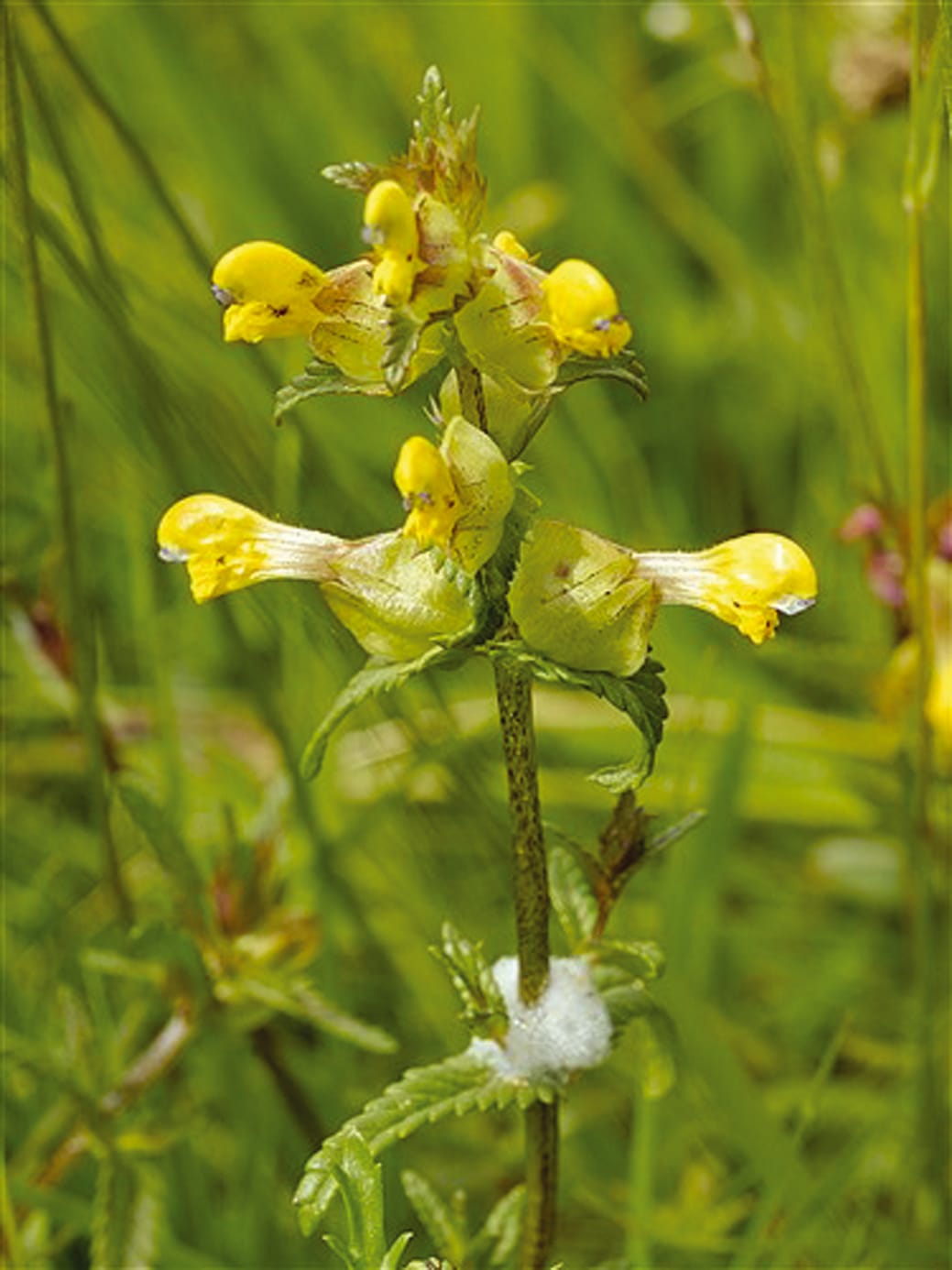
Fresh seed from 2024 harvest available now for next day delivery. Produced from native UK seed and cleaned to an exceptionally high-standard of purity and germination. Order yours today ready to sow this autumn.
Yellow rattle seed is a vital addition to any wildflower meadow. By attaching itself to the roots of grass species and slowing its growth, it creates space for a wide range of wildflowe...
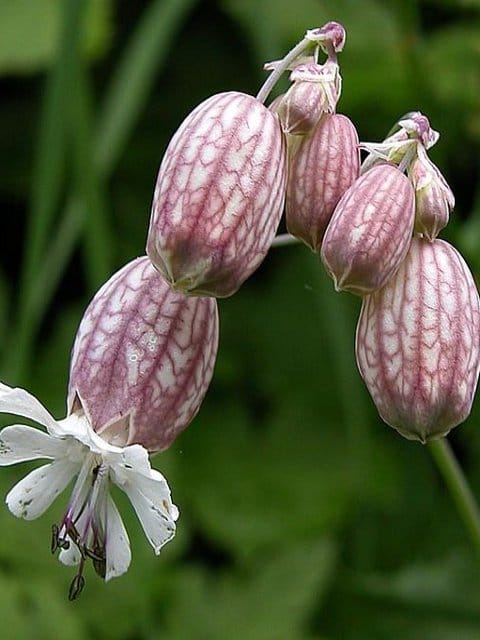
A native perennial wildflower found in grassland and roadside verges, especially on well-drained soils. A pleasant clove-like aroma is emitted from the small white flowers held above waxy grey/green foliage from May to August. A nectar flower plant for butterflies suited to rock gardens and grassy banks.
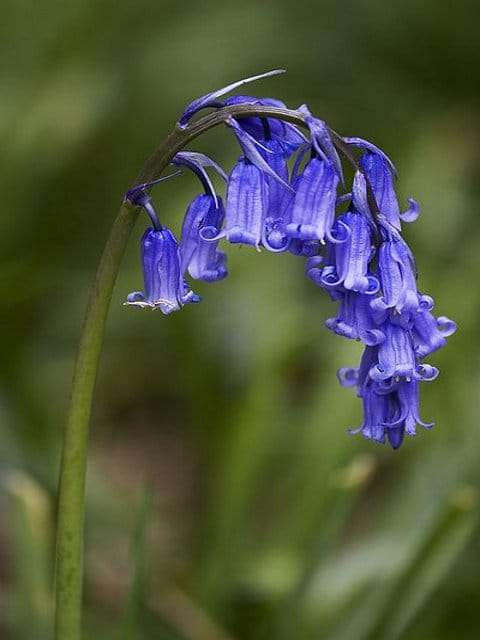
Characteristic blue nodding, UK native perennial wildflower commonly found in woods and shady places. Striking flowers that will produce an attractive habitat for butterflies, bees, birds and other wildlife whilst giving off a sweet scent. Seed can take a number of years to flower.
This item is currently unavailable
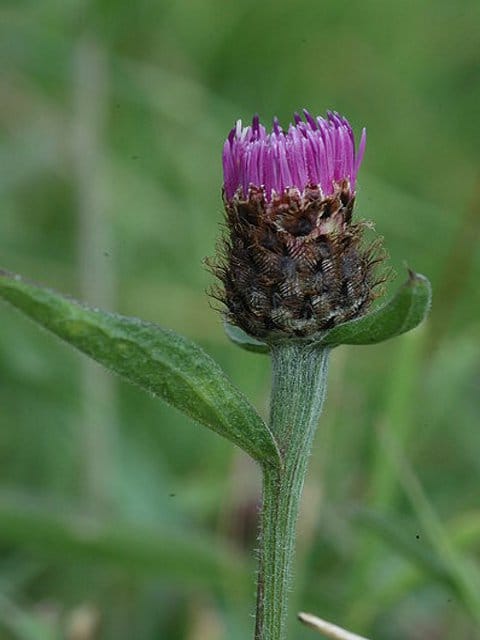
Common knapweed or hardheads is a colourful meadow plant of the thistle family. Tight purple flowers, with lance-shaped leaves. Forms dense clumps over time, ideal for sunny meadows and hedgebanks.
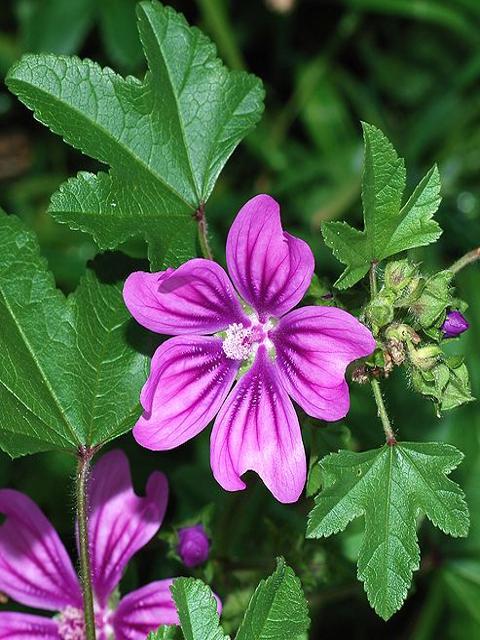
Large resilient bushy perennial wildflower plant, favouring sunny open areas. With ivy-shaped leaves, and dark pink flowers. Well placed at the back of borders but adaptable to many diverse habitats.
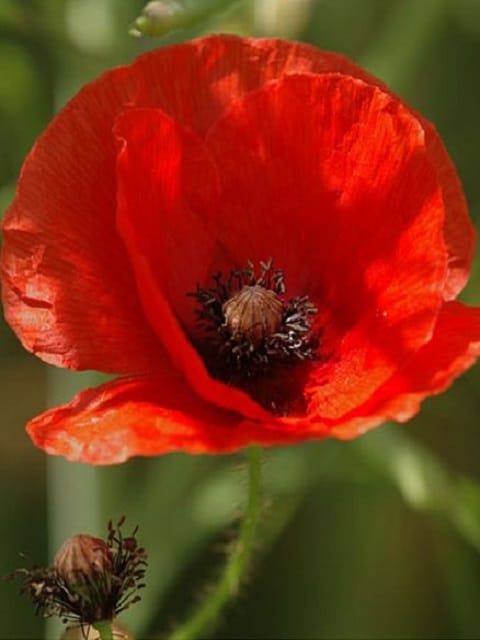
Evocative red annual, short to medium height, a lover of disturbed ground and agricultural soils if given a chance to flower. Replenishes its bright vermilion petals each day. Proving season after season to be one of our most loved, attractive prominent wildflower. Ideally requires a frost or chilling to help germination.
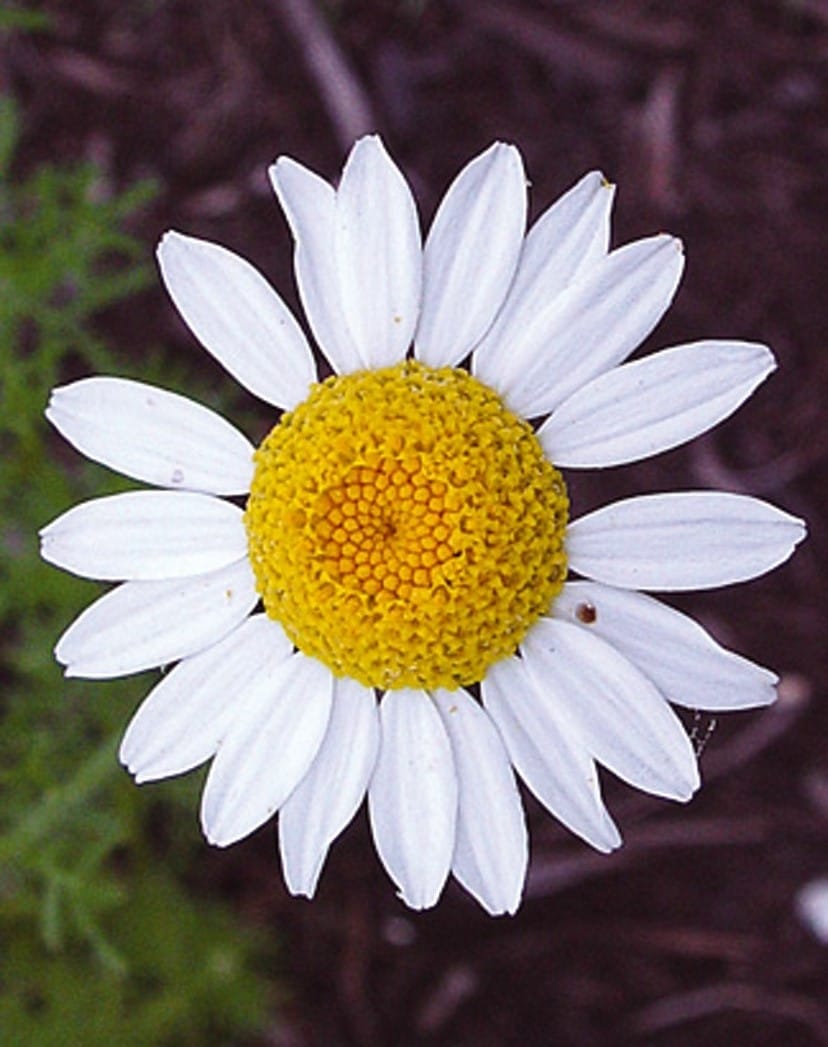
The delightful white daisy flowers of this annual wildflower were once a common sight in cornfields. It is now much rarer due to the widespread use of selective herbicides. It has a compact upright habit, ideal for use on borders that will leave a strong, sweet scent similar to apples.
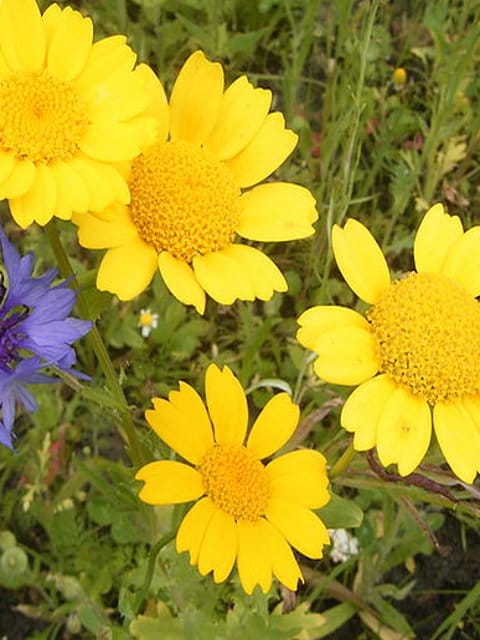
Glorious annual wildflower seeds are very like a single Chrysanthemum. A fitting addition to beds and borders giving an understated delicious fragrance and can be used as cut flowers. Prolific in its production of wildflowers.
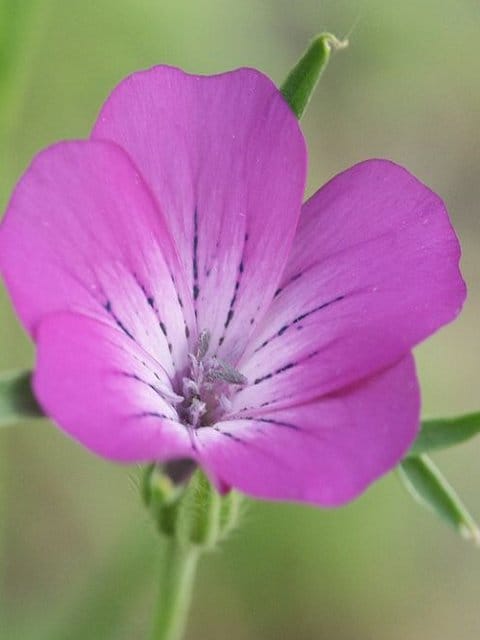
Once common in the cornfields of England, this wildflower has reddish-purple and solitary with undivided petals on a tall, furry stem. This wildflower seeds itself very prolifically and is related to other campions.
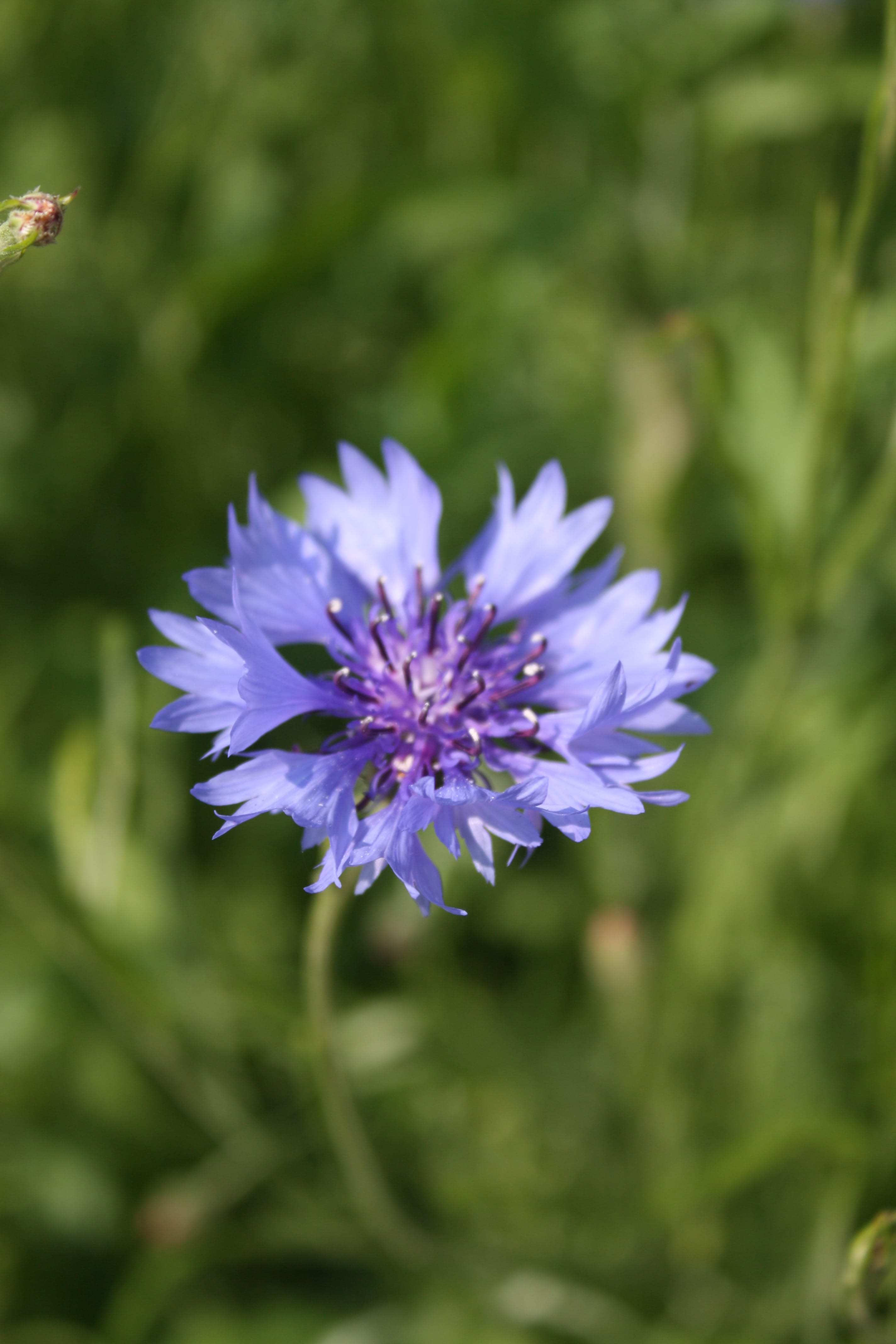
A once common annual weed of cornfields and waste places, now rarely seen. Bright blue wildflowers are produced on tall wiry stems with narrow leaves from June to August. Its fluffy formation is highly attractive to bees, butterflies and other pollinators.

A very common perennial, found in rich meadows. Creating a golden blaze of colour in May meadows and banks. Flowers composed of bright yellow ray-florets.
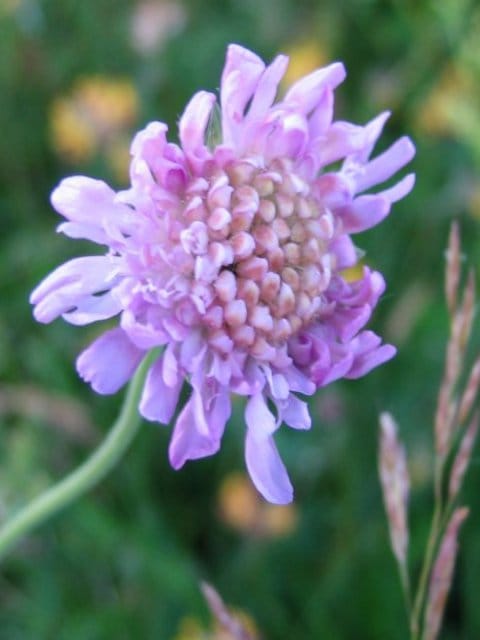
A tall native perennial with hairy stems found in grasslands across Britain. An individual plant can have as many as 50 purplish-blue flowers on it at a time. It is very attractive to butterflies.
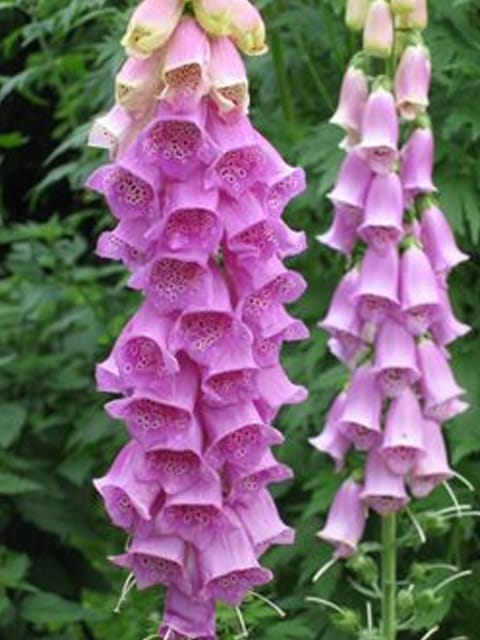
A native biennial occasionally perennial, common in woodland leering, hedgerows and heaths. Foxglove has tall spikes of pinkish-purple bell-shaped flowers. The flowers are pollinated by bumblebees.

Yellow flowering perennial with a larger head than common birdsfoot trefoil.
Height: 30cm
Flowers: June-August
Requires: Moist
Seeds per gram: 2000
Sowing Rate: 3g/sqm
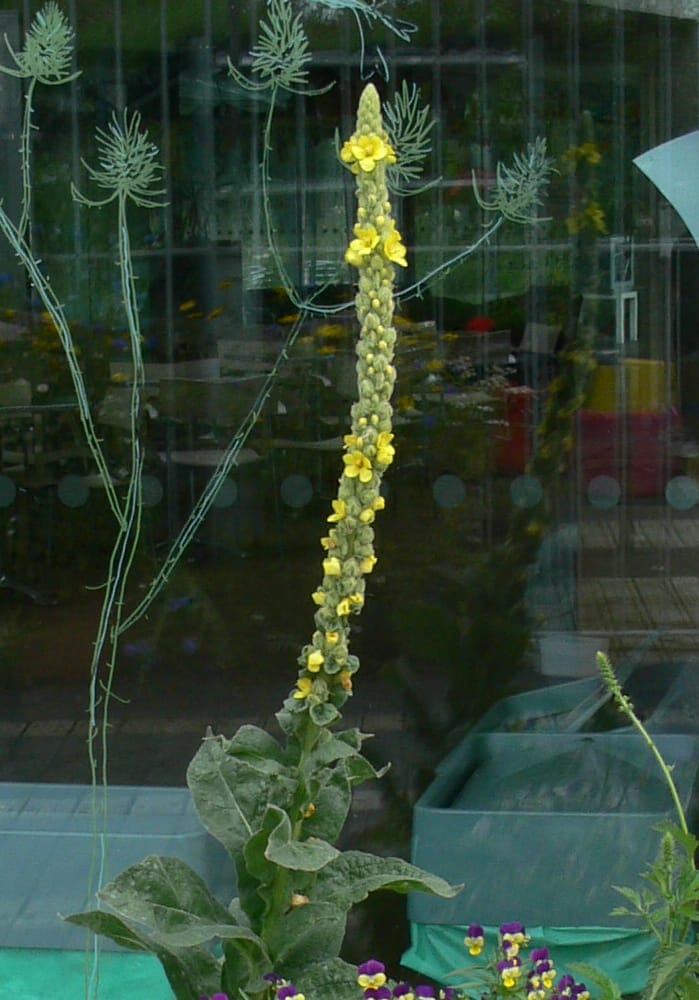
A native herbaceous biennial found on waste ground and in grassy places, mainly on sandy or chalky soil. It forms a rosette of whitish felt-like leaves with a tall spike of yellow flowers which are very attractive to bees and a food source for the caterpillar of the mullein moth.
Good for: Bees and food for the caterpillar of the mullein moth
Height: 30-200cm (1-6ft)
Prefers: Sun or part...
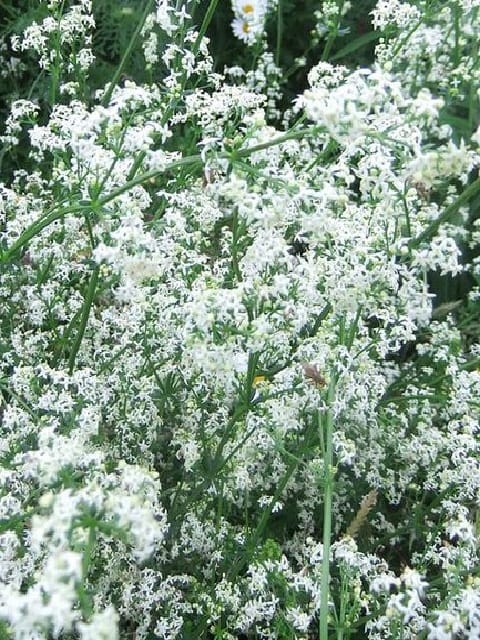
A common perennial with tall white spikes of tiny star-like flowers that attract butterflies and moths. It is also a popular larval food source for a number of moth species. This flower is often seen climbing up hedges and shrubs.
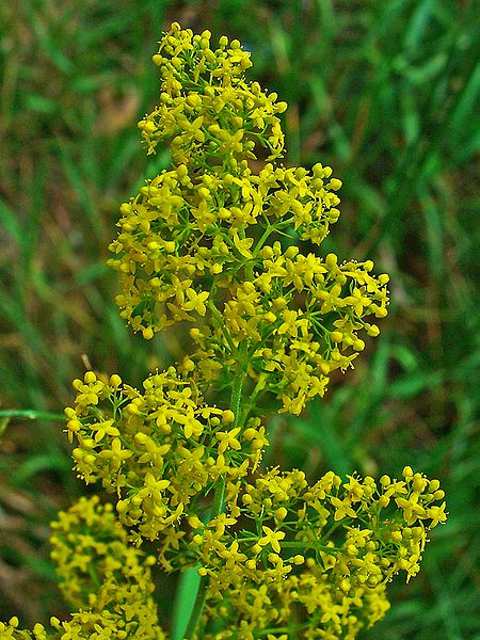
Beautiful yellow flowers found in clumps on the sides of country roads. Very common perennial found in sandy soils. Dried seed heads with their recognizable scent are useful for flower arranging. Widely used in days gone by to curdle milk for cheese making.
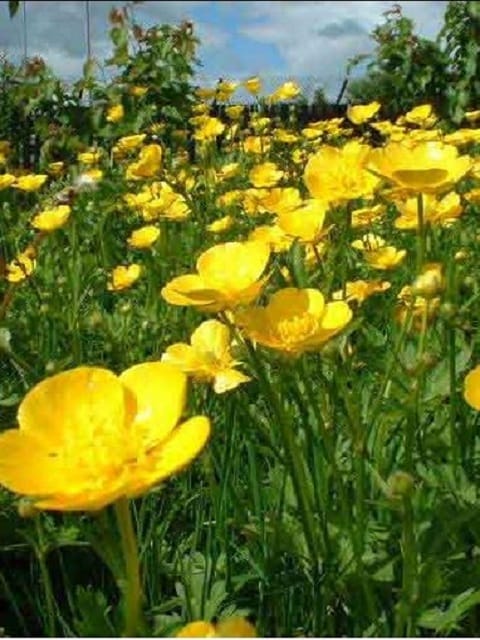
The most majestic of the three common Buttercup species native to Britain. Its pale yellow flowers are a familiar sight in traditional meadows and grasslands on damp soils. There is a species of Solitary Bee, which uses the flowers to sleep in.
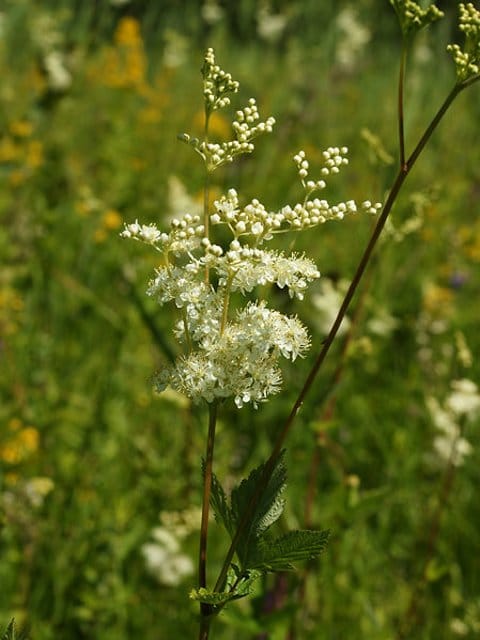
A common tall perennial found in damp meadows, ditches and river-banks. Its fluffy cream flowers have a strong, heady, sweet aroma. In medieval times the plant was crushed and used as a pain relief as the chemicals it contains are similar to aspirin.
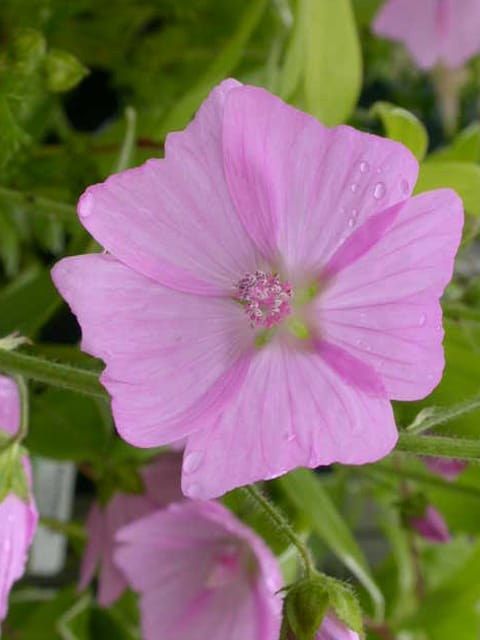
A stunning pink native perennial found at the sides of roads and in sandy grasslands, a very social flower that grows well alongside other summer flowering wildflowers. It is attractive to both butterflies and bees and produces a faint musky smell during the evening.
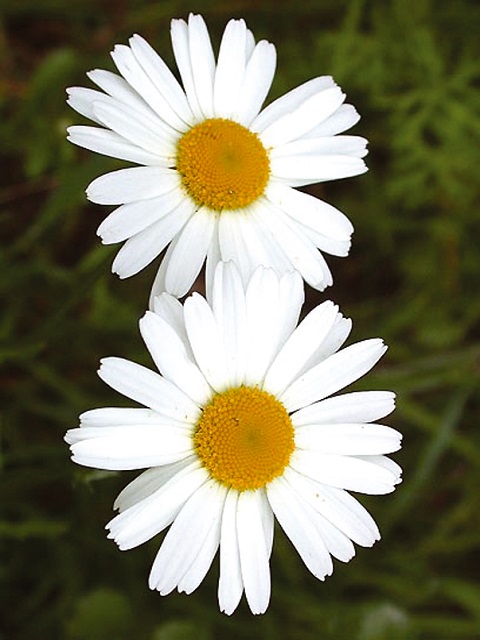
Often seen carpeting road verges and railway embankments with white and gold blooms. This common native perennial is also known as Moon Daisy or Dog Daisy and attracts butterflies, bees and other insects.

The deeply cut pink petals of this native perennial are highly attractive to butterflies and bees. It can be found in damp woodland, meadows and pond edges.
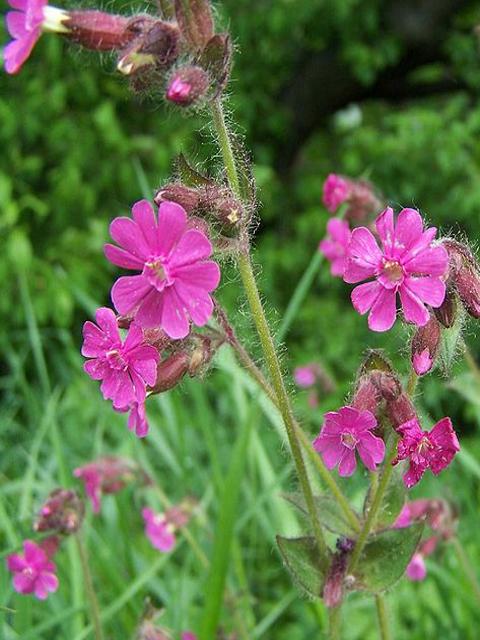
A classic hedgerow and woodland edge perennial found across the whole of Britain. The flowers are usually a deep pink colour but can also be white or pale pink. The Latin name ‘Silene’ is after the merry, drunken god of woodlands.
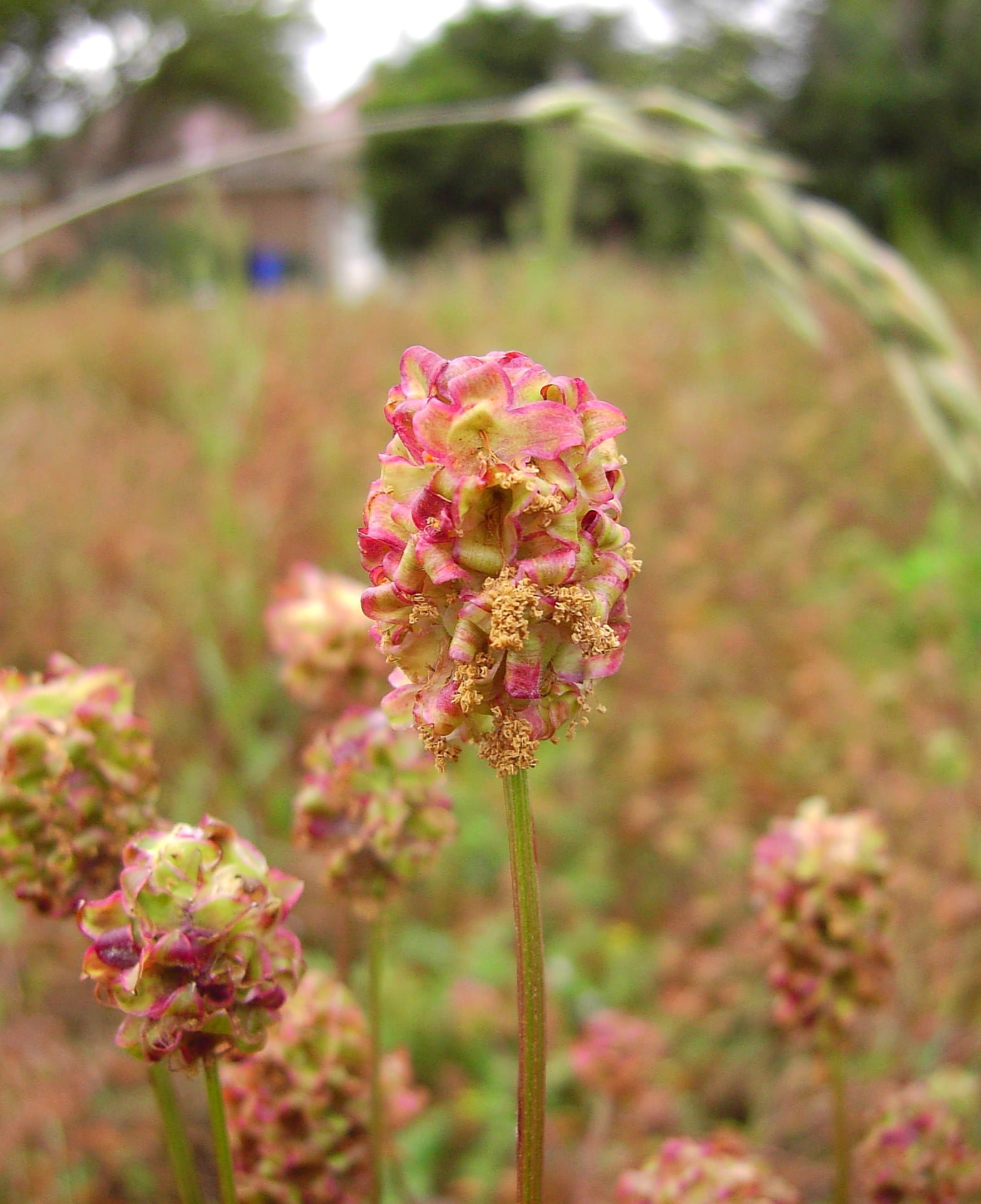
As its name suggests the leaves can be eaten in salads. It is a perennial with a strange almost round flower head, which is pollinated by the wind. It can be found in a variety of dry calcareous grasslands.
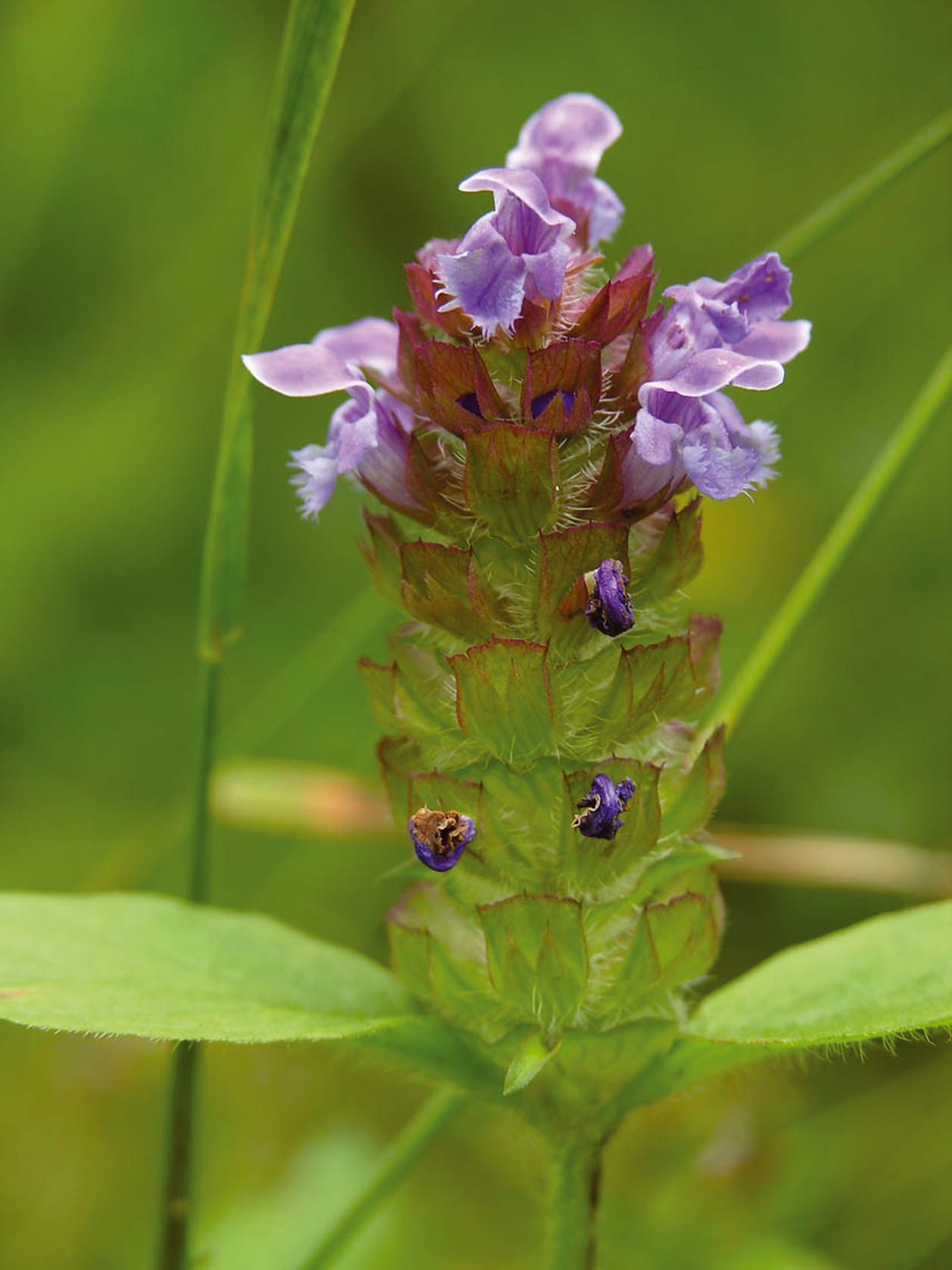
A very common short-lived perennial found in a variety of habits including grassland, woodland and garden lawns. Its creeping stems can spread over a wide area producing brilliant purple blooms.
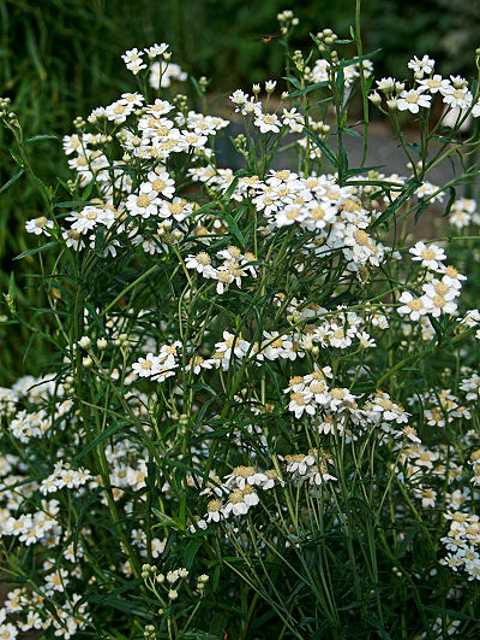
An attractive perennial with short to medium height wildflowers with ruffed white flowers of the yarrow family.
Height: 25 - 50cm
Prefers: Damp or waterlogged soils
Flowers: July - September
Seeds per gram: 4200
Sowing Rate: 3g/sqm
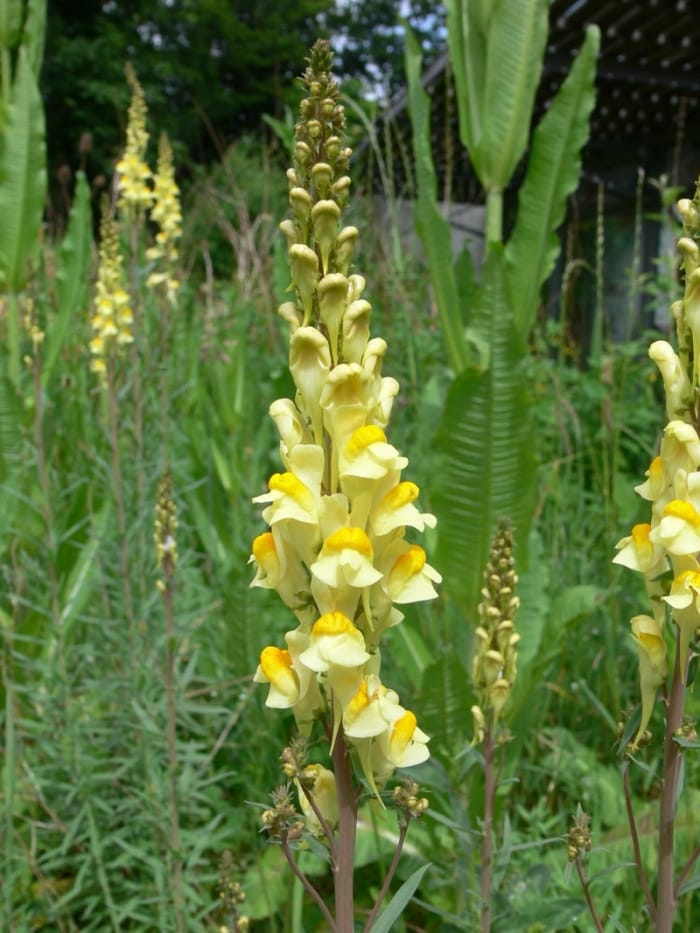
Yellow perennial flower found in roadsides, wasteplaces, grassy places, cultivated fields and sometimes woods.
Height: 30-60cm
Requires: Sun/light shade.
Flowers: Jun - Oct
Seeds per gram: 7000
Sowing Rate: 3g/sqm
This item is currently unavailable
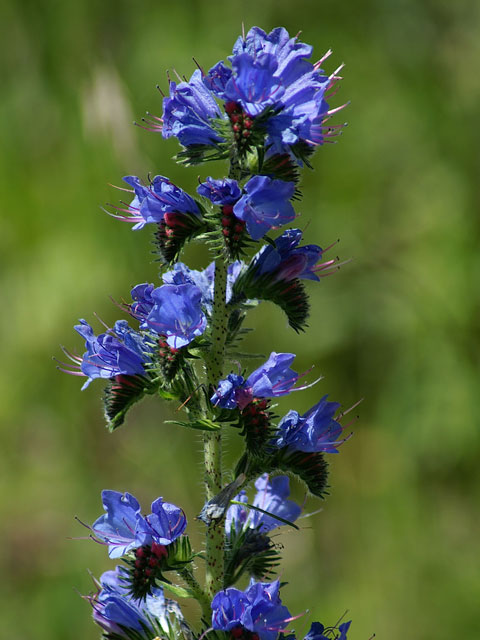
A beautiful native biennial commonly found in rough grassy areas close to the coast and sand dunes. The striking bright blue flowers are a favourite with bumblebees and day-flying moths.
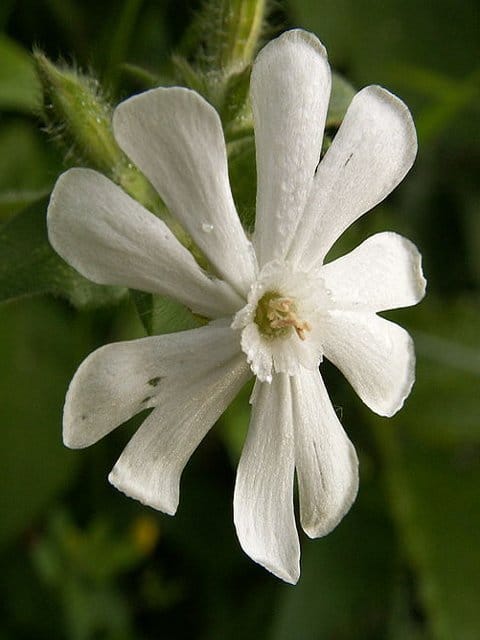
A hairy branched perennial found on disturbed ground throughout the UK. The white flowers are visited by moths and produce a faint smell at night.
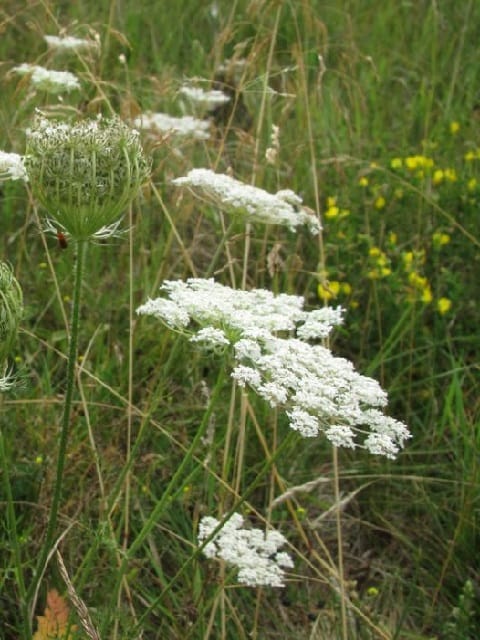
A common annual or biennial plant of downs and roadsides, its leaves are a common sight in neglected vegetable gardens. The cultivated form provides the edible kitchen carrot. When the wild carrot begins to fruit, it is at its most distinctive. The fruits have long spines which attach themselves to any passing animal. In the 16th century, it was known as a remedy for epilepsy and much later on i...

Landlife Wildflowers grow and supply high-quality, native wildflower products, restoring wildflowers right across the UK. Working in conjunction with wildlife charity, Buglife, we’re bringing back Britain’s treasured wildflowers! Find out more about why we’ve been trusted by the general public, Natural England and The National Trust for over twenty years.

We’re proud to supply only the highest-quality, native wildflower products - tried, tested and refined by us for two decades to ensure each and every customer is delighted with their purchase. Find out more about our commitment to the supply of native, provenance-assured wildflower products to restore Britain’s natural wildflower habitats for bees, butterflies, birds and wildlife.

If you have any questions or would like to get in touch, our team of wildflower experts are on hand to guide you every step of the way. We love talking about wildflowers and the quality of our products, and are pleased to help with any enquiry, including how to establish wildflowers, product recommendations and even creating custom mixtures for specific projects.